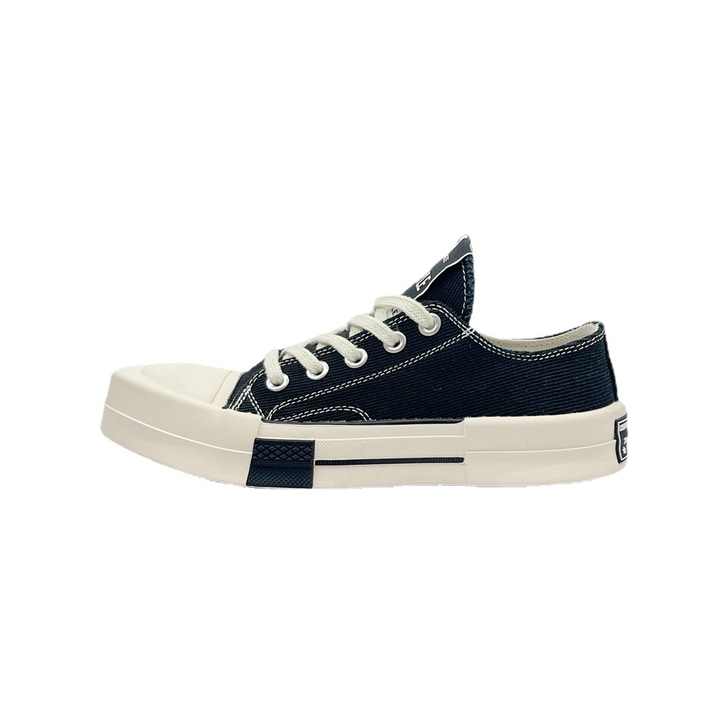Panama’s strategic position as a global trade hub, coupled with its thriving urban and tourism sectors, creates unique opportunities for footwear importers. For businesses in Panama seeking high-quality, adaptable footwear to meet diverse consumer demands, China’s manufacturing sector offers unmatched efficiency, affordability, and innovation. This article explores how Panamanian importers can leverage China’s capabilities to address local challenges while capitalizing on regional growth.
—
China’s Footwear Manufacturing Expertise
As the world’s largest footwear producer, China excels in blending scalability with precision. Key advantages for Panamanian buyers include:
1. Cost-Effective Production: Competitive labor and material costs enable high-quality footwear at prices aligned with Panama’s budget-conscious and tourism-driven markets.
2. Climate-Adaptive Designs: Factories specialize in breathable, moisture-wicking materials (e.g., mesh, neoprene) for Panama’s tropical humidity, alongside waterproof options for rainy seasons.
3. Quick Turnaround: Advanced production lines and digital modeling reduce lead times, ensuring timely restocking for peak tourist seasons.
These strengths align with Panama’s need for footwear that balances durability, style, and functionality across urban centers like Panama City and remote coastal regions.
—
Meeting Panama’s Diverse Market Demands
Panama’s consumers prioritize versatility, comfort, and cultural relevance. Chinese manufacturers address these needs through:
– Tourism-Ready Designs: Lightweight sandals, slip-ons, and sportswear-inspired footwear cater to travelers and locals alike.
– Urban Fashion: Sleek, modern styles for professionals in Panama’s financial districts, with customizable logos or branding.
– Small Orders and Prototyping: Flexible production models allow importers to test niche markets (e.g., eco-friendly flip-flops for eco-tourism) without large upfront investments.
Additionally, China’s expertise in rubber and synthetic materials supports durable soles for Panama’s uneven urban terrain and cobblestone streets.
—
Logistics and Trade Facilitation
Importing footwear to Panama requires strategic coordination:
– Panama Canal Advantage: Direct shipping routes via the Panama Canal streamline global logistics, reducing transit times to key markets in Central America and the Caribbean.
– Free Trade Zone Integration: Footwear shipped to Colón’s Free Zone benefits from tax incentives, ideal for re-export or regional distribution.
– Local Distribution Partnerships: Collaborations with Panamanian distributors or e-commerce platforms enhance reach to remote provinces.
—
Sustainability: A Shared Priority
Panama’s environmental policies and eco-conscious consumers drive demand for responsible sourcing. Chinese factories are adopting:
– Recycled Materials: Footwear made from upcycled ocean plastics or rubber waste, appealing to Panama’s growing zero-waste movement.
– Eco-Certifications: Compliance with global standards (e.g., OEKO-TEX, Fair Trade) ensures adherence to Panama’s import regulations.
– Energy-Efficient Practices: Solar-powered factories and reduced water usage align with Panama’s sustainability goals.
By sourcing from certified suppliers, Panamanian businesses can enhance their brand reputation and attract international buyers.
—
Collaborative Strategies for Success
Building trust in cross-border partnerships requires transparency and adaptability:
– Localized Sampling: Iterative design processes incorporate feedback on sizing, colors, and styles tailored to Panamanian preferences.
– Cultural Nuances: Collaborate on designs that reflect local identity, such as patterns inspired by Ngäbe-Buglé textiles or tropical motifs.
– Long-Term Contracts: Volume-based pricing and stable supply agreements protect against regional market fluctuations.
—
Future Opportunities
The China-Panama footwear partnership is poised to expand as both regions prioritize innovation and inclusivity:
– E-Commerce Growth: Online platforms like Mercado Libre Panama offer avenues to reach tech-savvy urban consumers.
– Rural Healthcare Initiatives: Affordable, durable footwear for healthcare workers in underserved areas.
– Smart Footwear: Exploring partnerships for tech-integrated designs (e.g., anti-slip soles) tailored to Panama’s industrial sectors.
—
Conclusion
Sourcing footwear from China is a strategic move for Panamanian businesses aiming to balance affordability, quality, and sustainability. By tapping into China’s manufacturing agility and climate-conscious innovations, Panamanian importers can meet the demands of a dynamic market while contributing to local economic resilience. Together, this partnership can redefine Caribbean footwear standards, proving that global trade thrives when innovation meets community-centric solutions.
—
Article link:https://www.vlefooena.com/manufacturer/3935/




No reply content